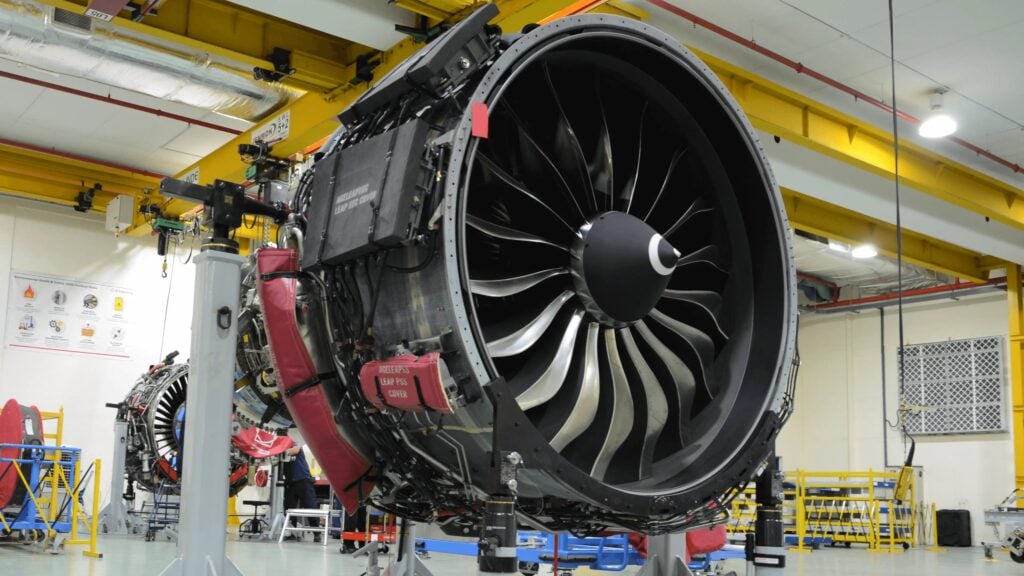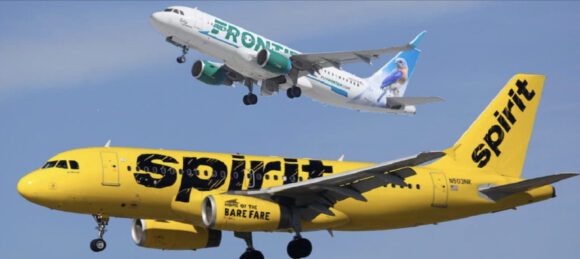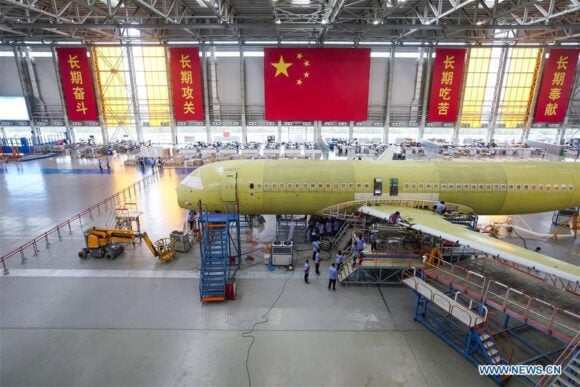
CFM International LEAP engine
Safran Group, which includes Safran Aircraft Engines, one of the parent companies of CFM International, reported higher LEAP deliveries and aftermarket service income in H1 2025, driving the company’s half-year net income by 11% year-on-year (YoY). The market was perhaps expecting better results.
The French company’s July 31, 2025, announcement indicated that Safran Group ended H1 2025 with revenues of €14.7 billion ($16.7 billion), up 13% YoY, with profit, including the loss attributable to non-controlling interests of the company, growing by 11% to €1.4 billion ($1.5 billion).
Olivier Andriès, the Chief Executive Officer (CEO) of Safran Group, said that the Paris Air Show confirmed the industry’s underlying trends and underscored the promising growth outlook for the commercial aviation and defence industries. “Reflecting this positive environment, Safran delivered excellent results in the first half of 2025, achieving a record operating margin of 17% as well as unprecedented cash generation, driven by robust civil engine aftermarket activities.”
In H1 2025, Safran Group’s propulsion revenue grew by 21.3%, while original equipment (OE) sales were up 9.7% YoY. The positive momentum from Q1 continued into Q2, with spare parts for commercial aircraft growing by 21.6% YoY. Services for civil aircraft engines improved by 21.1%, supported by LEAP rate-per-flight-hour (RPFH) contracts, including now-profitable CFM International LEAP-1A RPFHs, powering the A320neo aircraft family, agreements, driven by improvements on the engine. The Boeing 737 MAX aircraft family CFM International LEAP-1B engines’ RPFH contracts should be recognized as profitable in 2026.
During the six months, the French company handed over 729 LEAP engines, 10% more compared to H1 2024, as well as 26 CFM56 engines, two fewer than during the corresponding period a year prior.
Meanwhile, the aircraft interior segment’s revenue growth of 15.5% YoY reflected “a strong level of activity in services, benefiting from increased long-range aircraft traffic, notably for Safran Cabin,” the group’s aircraft interior arm. Safran Cabin delivered 1,236 business class seats in H1 2025, with deliveries growing across the group’s equipment and defense business, including Airbus A320neo engine nacelles, A320 emergency slides, A330neo nacelles, Boeing 787 landing gear and primary power distribution sets and systems, while Airbus A350 landing gear sets and lavatory deliveries decreased YoY.
According to Andriès, the company’s H1 2025 performance spurred Safran Group to upgrade its full-year guidance. Based on current estimates, the company’s 2025 revenue should be up in the low-teens (previously: 10%), while free cash flow should range between €3.4 billion ($3.8 billion) and €3.6 billion ($4.1 billion), compared to the previous guidance of between €3 billion ($3.4 billion) and €3.2 billion ($3.6 billion). Recurring operating income should improve from a range of €4.8 billion ($5.4 billion) to €4.9 billion ($5.6 billion) to €5 billion ($5.7 billion) to €5.1 billion ($5.8 billion).
The updated guidance was based on growing LEAP deliveries, growing spare parts and services revenue, and specific currency exchange rates. However, Safran Group warned that the main risk associated with the guidance is the supply chain production capability. The estimates of its full-year metrics do not include any potential tariff impact or the now-closed acquisition of Collins Aerospace’s actuation and flight control business, which happened on July 21, 2025.
Views: 275



